Understanding Chiller Types
Understanding Chiller Types
Understanding the chiller types is the basic for selecting the most appropriate cooling arrangement for different applications. Chillers are categorized based on their cooling strategies, refrigerant sorts, and compressor advances. Here’s an outline of the common types of chillers:
1) Air-Cooled Chillers:
Air-cooled chillers utilize encompassing air to dissipate heat from the refrigerant. They contain air-cooled condensers prepared with fans that blow air over coils to evacuate heat. Air-cooled chillers are self-contained units and don’t require a partitioned cooling tower or water source for heat rejection. They are appropriate for smaller-scale applications or where water accessibility or quality may be a concern.
2) Water-Cooled Chillers:
Water-cooled chillers utilize water as the cooling medium to expel heat from the refrigerant. They highlight water-cooled condensers that transfer heat to a isolated water circle, which is at that point cooled by a cooling tower or other water-cooling system. Water-cooled chillers are more productive than air-cooled chillers and are commonly utilized in bigger applications where water accessibility and quality are not an issue.
3) Absorption Chillers:
Retention chillers utilize a heat source, such as steam or hot water, to create cooling. They depend on the retention and desorption of refrigerant vapors in an absorber and generator, separately, to create chilled water. Assimilation chillers are energy-efficient and can utilize waste heat or renewable energy sources for cooling, making them appropriate for applications where power costs are tall or where squander heat is accessible.
4) Centrifugal Chillers:
Centrifugal chillers utilize a centrifugal compressor to compress the refrigerant vapor and create cooling. They are highly productive and are competent of giving expansive cooling capacities. Centrifugal chillers are commonly utilized in commercial and industrial applications where tall cooling capacities and energy proficiency are required.
5) Reciprocating Chillers:
Reciprocating chillers utilize reciprocating compressors, comparative to those found in household fridges, to compress the refrigerant vapor. They are basic in plan and are appropriate for smaller-scale applications or where space limitations are a concern. Reciprocating chillers are frequently utilized in residential and light commercial applications.
6) Scroll Chillers:
Scroll chillers utilize scroll compressors to compress the refrigerant vapor. They are exceedingly productive, dependable, and quiet in operation. Scroll chillers are commonly utilized in commercial and industrial applications where moderate cooling capacities are required, such as office buildings, hospitals, and information centers.
7) Screw Chillers:
Screw chillers utilize rotary screw compressors to compress the refrigerant vapor. They are exceedingly productive and are able of giving large cooling capacities. Screw chillers are commonly utilized in industrial applications where high cooling capacities and energy productivity are required, such as fabricating plants, chemical preparing facilities, and large commercial buildings.
Understanding the characteristics and capabilities of each chiller type is basic for selecting the most appropriate cooling arrangement for particular applications. Components such as cooling capacity, energy productivity, reliability, space necessities, and operational costs should be carefully considered when choosing a chiller system.
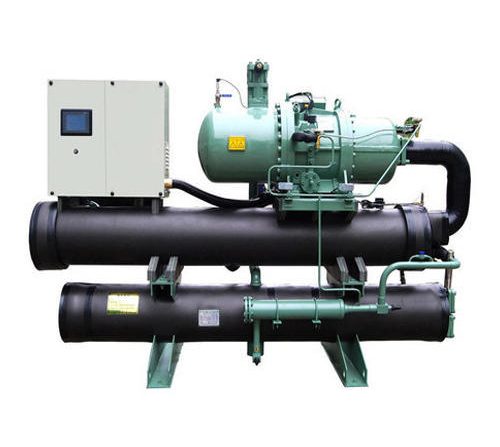


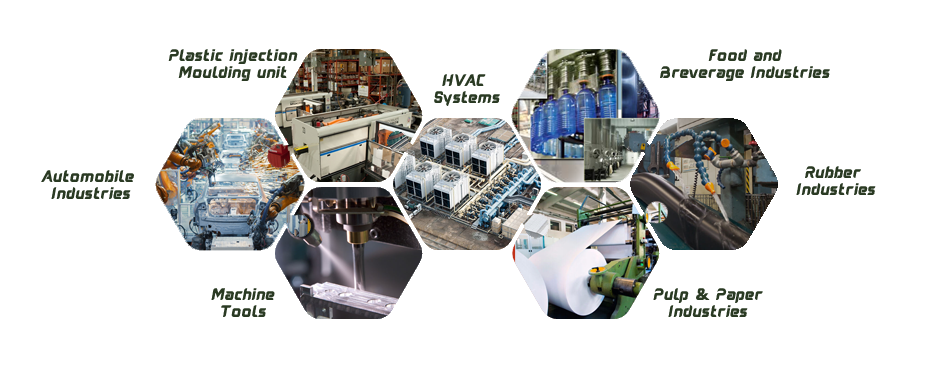
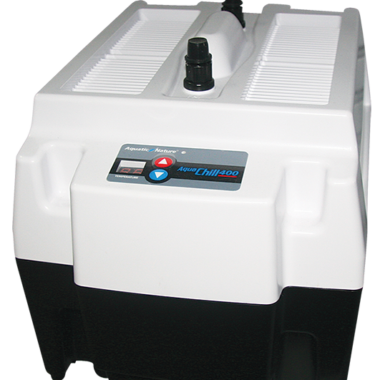
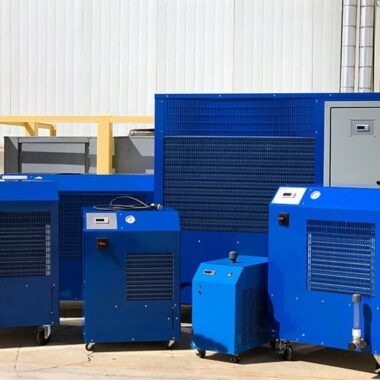
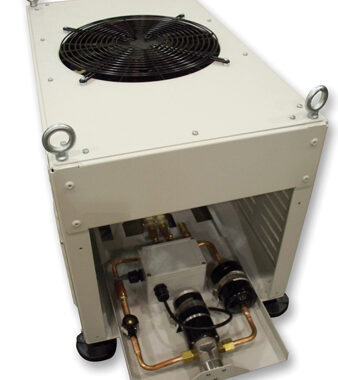

Chiller Troubleshooting Guides - Cool Fab Equipments February 20, 2024 at 12:56 pm
[…] guides are profitable assets for diagnosing and settling common issues that will emerge with chiller systems. Here’s an outline of chiller troubleshooting guides and […]